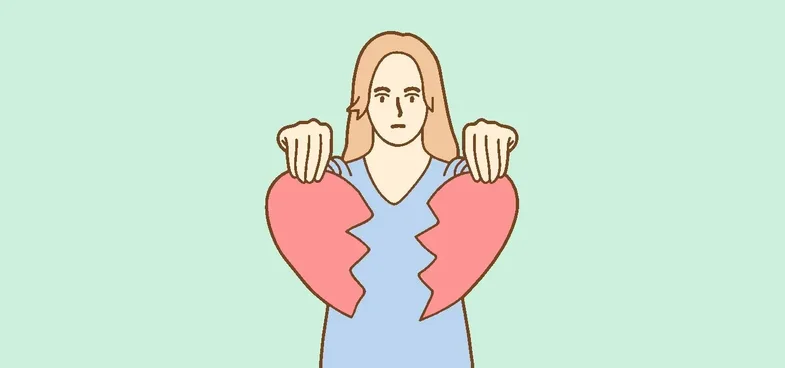
It seems that sadness is an experience as complex as it is personal because this stand affects different people differently and takes unexpected turns during the journey of "healing" as a process. During times of sadness, many refer to the pioneering five-stage model of sadness conceived by physician Elisabeth Kübler-Ross.
But what are these stages really?
?Stage 1: Denial
The day after the breakup, you may think, "This can't be true." Denial often marks the initial stages of loss, as is the case with breakup grief. In this stage, individuals struggle to accept the reality of the end of the relationship, clinging to hopes of reconciliation or believing that it is only a temporary setback.
Stage 2: Anger
At this stage, feelings of betrayal, resentment and injustice towards the ex-partner or towards yourself may appear. Your thoughts are consumed by guilt or even revenge fantasies. This deep anger can be directed inward leading to feelings of self-loathing or inadequacy.
Phase 3: Conversations
Many people try to negotiate with fate or ex-partners in a desperate attempt to save the relationship. You may find yourself replaying past events, wondering if things could have been different, or making promises of change in exchange for reconciliation.
Stage 4: Depression
Although distressing, depression is a natural response to loss. During this time, feelings of loneliness and despair may come to the fore. Your thoughts may center around loss, regrets and uncertainties about the future.
Stage 5: Acceptance
Over time, you may notice a difference. In the final stage of post-breakup grief, you will gradually come to terms with the end of your relationship and find yourself embracing the prospect of moving on. Acceptance doesn't necessarily mean feeling good or forgetting about the relationship. Rather, it involves making peace with what happened and accepting the situation.
Suggested Articles:
Source: Forbes







